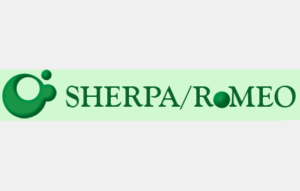A Taste of the Prohibition Cigarettes and Alcohol in Hemingway`s Novels
On January 17, 1920, across the territory of the USA, the 18th Amendment of the Constitution became effective. While some celebrated in churches the triumph on ousting alcohol and turning America dry, for some the 13 year-long period which followed would now mean they would have to turn to speakeasies serving moonshine, in lack of their favourite alcoholic beverages. The prohibition had divided the USA between the “drys” and the “wets”. (Slavicek, 2009) Millions of Americans turned to alternative solutions (medically prescribed alcohol, home brewing, illegal taverns, “booze cruises”). In this historical context, Hemingway`s novels set in the era – The Sun Also Rises and To Have and Have Not can be read in relevance to the societal response to life conditions in the aftermath of WWI and the prohibition that followed.
This article sets off to explore the semantic fields of alcohol and cigarettes, as they were expanded through the discourse of advertising, present in Hemingway`s novels, during a time when consumer culture was gaining momentum. Another line of interest concerns the class-divided consumption of goods in and its representation in modernism.
In his Mythologies, French philosopher Roland Barthes discusses, among other day-to-day products, the cultural connotations of wine. He explores how wine is often elevated in cultural significance, associated with elegance, sophistication, and pleasure. Barthes notes that wine is endowed with a range of meanings beyond its mere consumption, making it a symbol of social status and refinement. As for cigarettes, advertisement creates myths around them to convey complex narratives of desire, escape, transformation, maturity and independence.
Key words: Hemingway, modernism, advertising, consumerism, the prohibition, posters, class-division




















